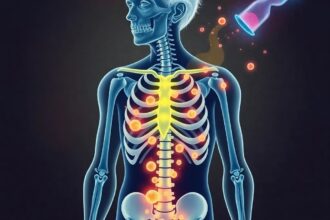Exploring the effectiveness of complementary medicine in managing cerebral palsy in children, based on a study from a developing country.
Complementary methods show promise in improving the lives of children with cerebral palsy, as a new study indicates.
Introduction to Cerebral Palsy and CAIM
Cerebral palsy (CP) is a group of disorders affecting movement, muscle tone, and posture, caused by damage to the immature brain. As families seek improved quality of life for affected children, complementary, alternative, and integrative medicine (CAIM) has gained attention. These treatments range from herbal medicine to acupuncture and occupational therapies.
Study Insights From a Developing Country
A recent study from a developing country provides intriguing insights into the usage patterns and effects of CAIM on children with cerebral palsy. Conducted by Dr. Anita Sharma at the University of Kathmandu, the research addresses how diverse CAIM practices contribute to child health and development. Published in the ‘Journal of Pediatric Health,’ the study examined 200 children undergoing these therapies.
According to Dr. Sharma, the findings reveal that approximately 60% of the participating families reported noticeable improvements in motor functions and overall well-being of their children. She notes, “Our research shows significant potential in these therapies to enhance life quality for children with cerebral palsy.” The study did face challenges, including limited access to standardized CAIM methods and varying cultural practices.
Patterns and Efficacy
Another intriguing aspect of this study is the cohesiveness of CAIM modalities with traditional medical treatments. Families often pursued these therapies alongside conventional approaches, leading to a well-rounded care strategy. This integration emphasizes a holistic focus, nurturing mental and physical facets while aligning with family beliefs.
Global Implications and Future Directions
The implications of this study are profound, especially for regions with limited access to advanced medical facilities. In these locales, CAIM can offer affordable, accessible avenues for managing CP. Dr. Sharma advocates for further international collaboration to refine CAIM practices and establish standardized protocols that ensure efficacy and safety.
As research progresses, the synergy between traditional and alternative therapies could introduce new paradigms in cerebral palsy treatment frameworks worldwide.




